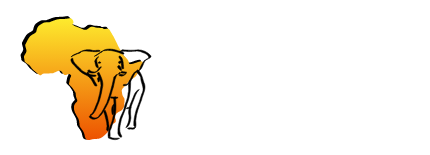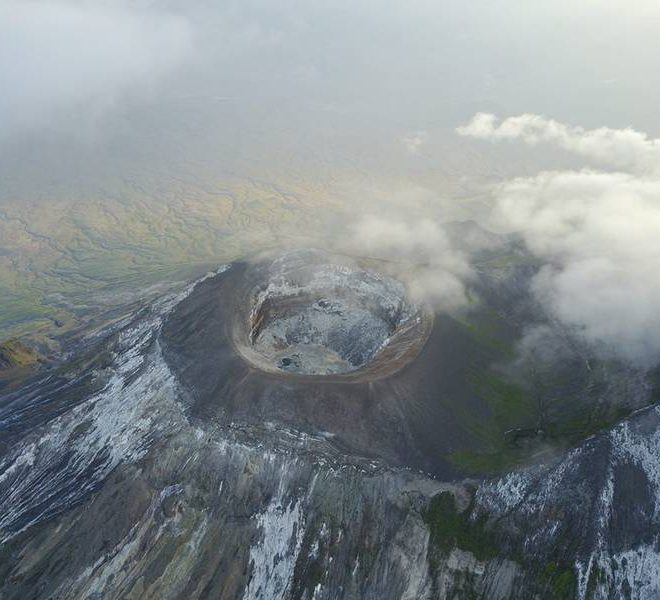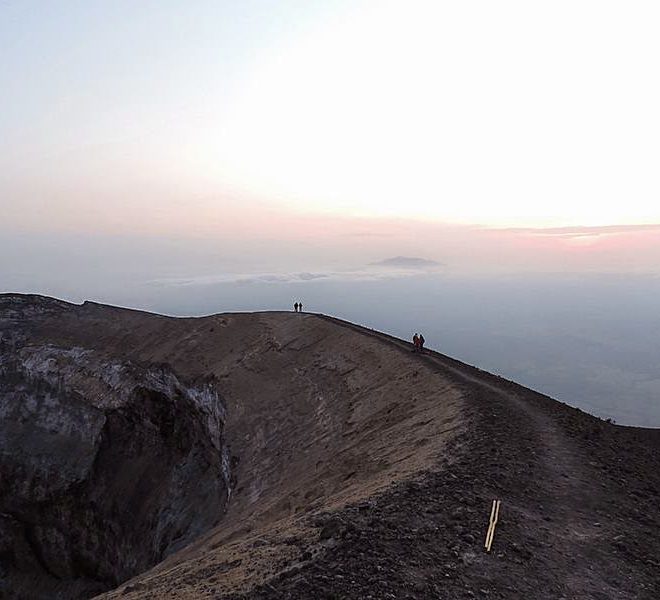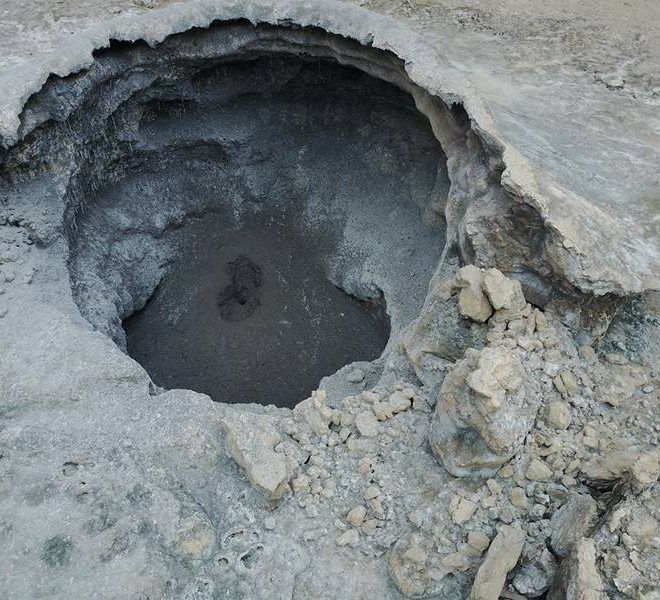Mount Ol Doinyo Lengai is active volcanic mountain in which the composition of the lava may contain much more silicate material. With this type of eruption, initial phases of the eruption may include strong lava fountains but usually there is no fluid lava and ash eruptions accompanied by ejection of rocks and explosions occurs. The most recent eruptions occurred in 1966-1967 and 2007-2008. Almost without fail, about every seven years Ol doinyo Lengai erupts and plumes of smoke billow out of the crater. At other times it is possible to walk down into the crater, almost to the edge of the molten lava flows.
The Views on the northern from its summit crater lies the hot barren salt flats of Lake Natron stretch into the distance, beyond lies the Kenyan border. The day temperatures by the lake often exceed 40°C and a few animals survive here with the flamingo making its home here as breeding grounds, nesting on the salty surface on upraised mounds. The view on the east is dominated by Mt Kilimanjaro and to the west the forested escarpments and hills comprising the western slopes of the Great African Rift Valley. If you are lucky you can see the petrified birds and animals around the Lake natron area.
To the south stretches the Crater Highlands, Ngorongoro being one of the prime wildlife conservation areas in Africa.
The ascent of Ol doinyo Lengai is demanding on account of the day time heat, lack of water, steep and unstable slopes of ash and crumbly rocks. An early start is recommended and the best approach is from the west where the morning sun can be avoided for a while.




